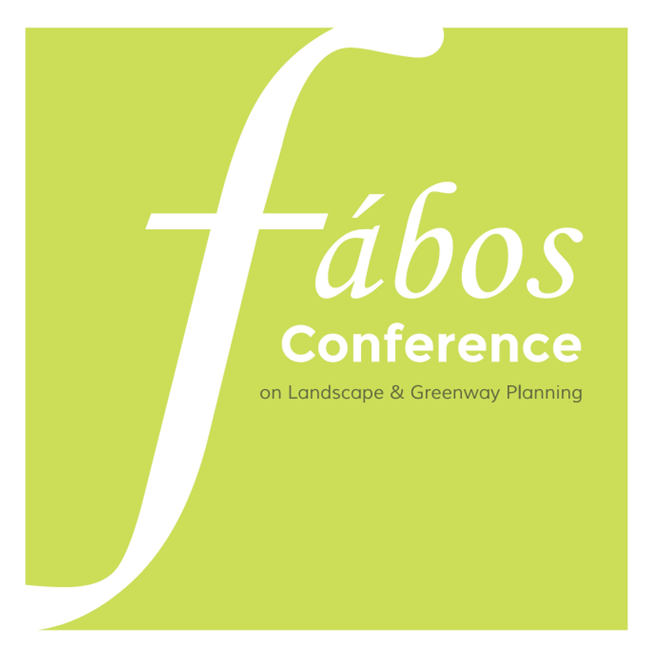Planning a New Nature Park along the Tisza River in Hungary
Abstract
The preservation and renewal of rural landscapes and culture can only be achieved with the conscious and active participation and agreement of local people and their communities. In line with European practice, our nature parks in Hungary are organised and operate along the following four pillars:
- Preservation of natural, landscape and cultural heritage;
- environmental education, shaping attitudes and strengthening landscape identity;
- sustainable rural development;
- sustainable tourism and recreation.
Nature parks work on all four pillars in the framework of cooperation at landscape scale. As lecturers at the Hungarian University of Agriculture and Life Sciences, we are helping to develop a new nature park integrated into our educational program of the MSc II Landscape Architecture students - this is the work we are writing about. The character of the nature park as a model of sustainability appears in becoming more resilient and, in this case, in the strengthening the community and its personal connection with the Tisza River. The nature park establishing study that we are preparing will develop a set of statutory themes across the four nature park pillars. Firstly, a complex landscape assessment has been prepared summarising the natural landscape features. In the second chapter, a comprehensive assessment of the situation, a set of objectives and proposals on rural development, local economic development and spatial development is presented, and issues of landscape identity, community development and awareness-raising are also addressed. The next chapter of the document deals with the natural and cultural heritage of the area and its conservation possibilities. The final section looks at the tourism potential and development opportunities in the area. Information from the available thematic maps has been collected and then supplemented and refined by field surveys. The data was used to create a complex geospatial database. More than 60 thematic maps were collected and analysed in a detailed database. The data collection covered many issues from geological, topographical, relief, hydrological, flood protection, agricultural, infrastructure, land use, nature conservation and cultural history data. The planned area of the nature park covers 27 municipalities and covers more than 1200 km2, with a length of about 70 km along the Tisza River. The preparatory research for the establishment of the nature park has been completed and discussions with the municipalities and other stakeholders are underway to start the formal process of gaining the title of nature park.
Keywords: Nature park, Tisza River, cooperation at landscape scale
How to Cite:
Dancsokné Fóris, E., Filepné Kovács, K., Sallay, Á., Szilvácsku, Z., Virág, K., Hubayné Horváth, N., Módosné, I. & Kollányi, L., (2025) “Planning a New Nature Park along the Tisza River in Hungary”, Fábos Conference on Landscape and Greenway Planning 8(1). doi: https://doi.org/10.7275/fabos.2749
224 Views
158 Downloads

